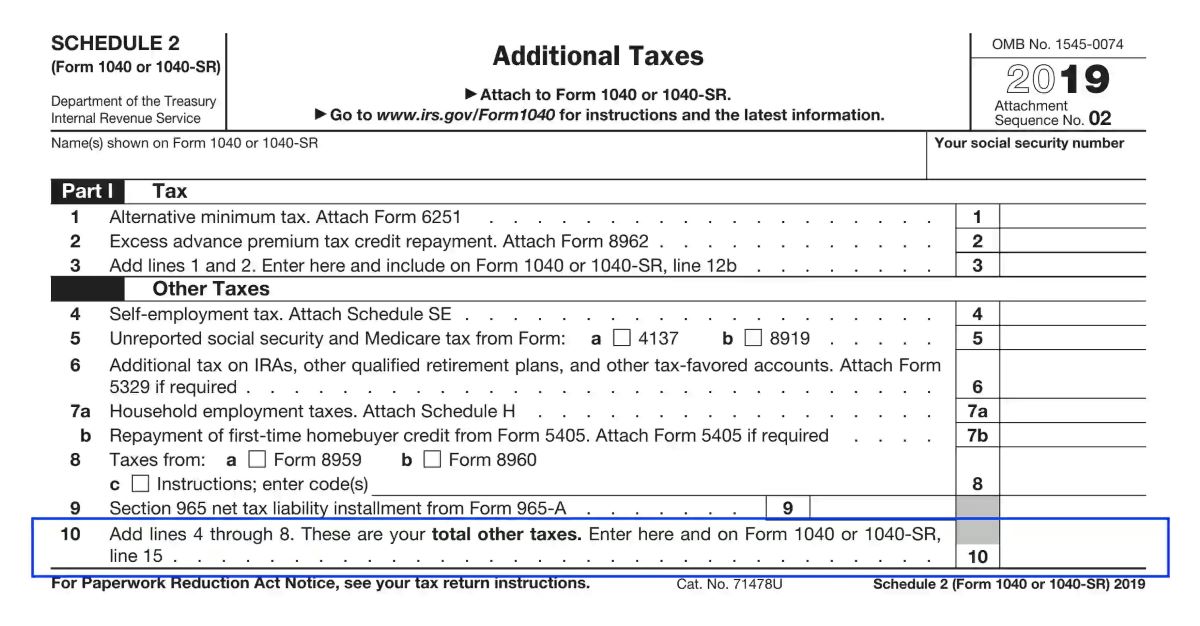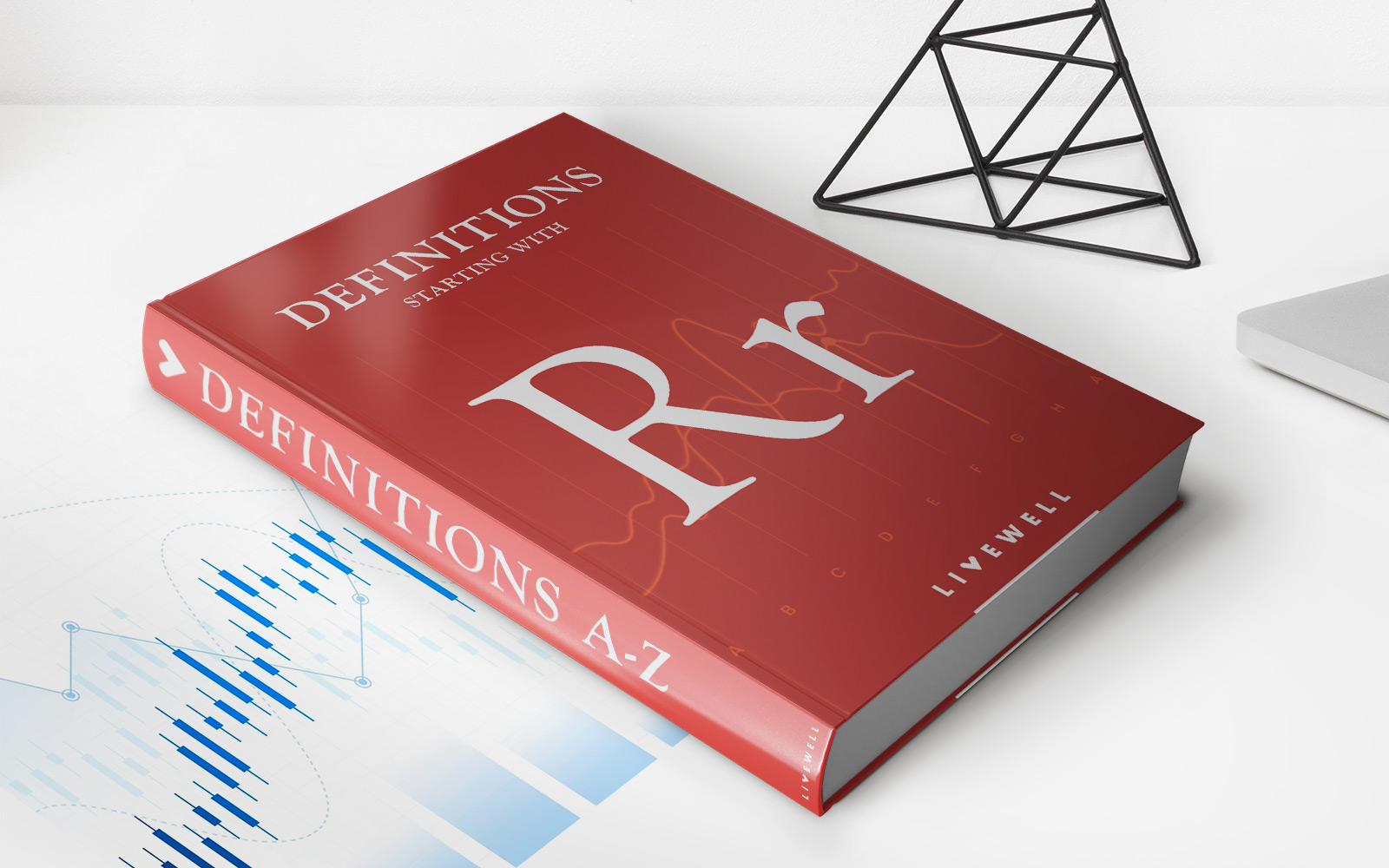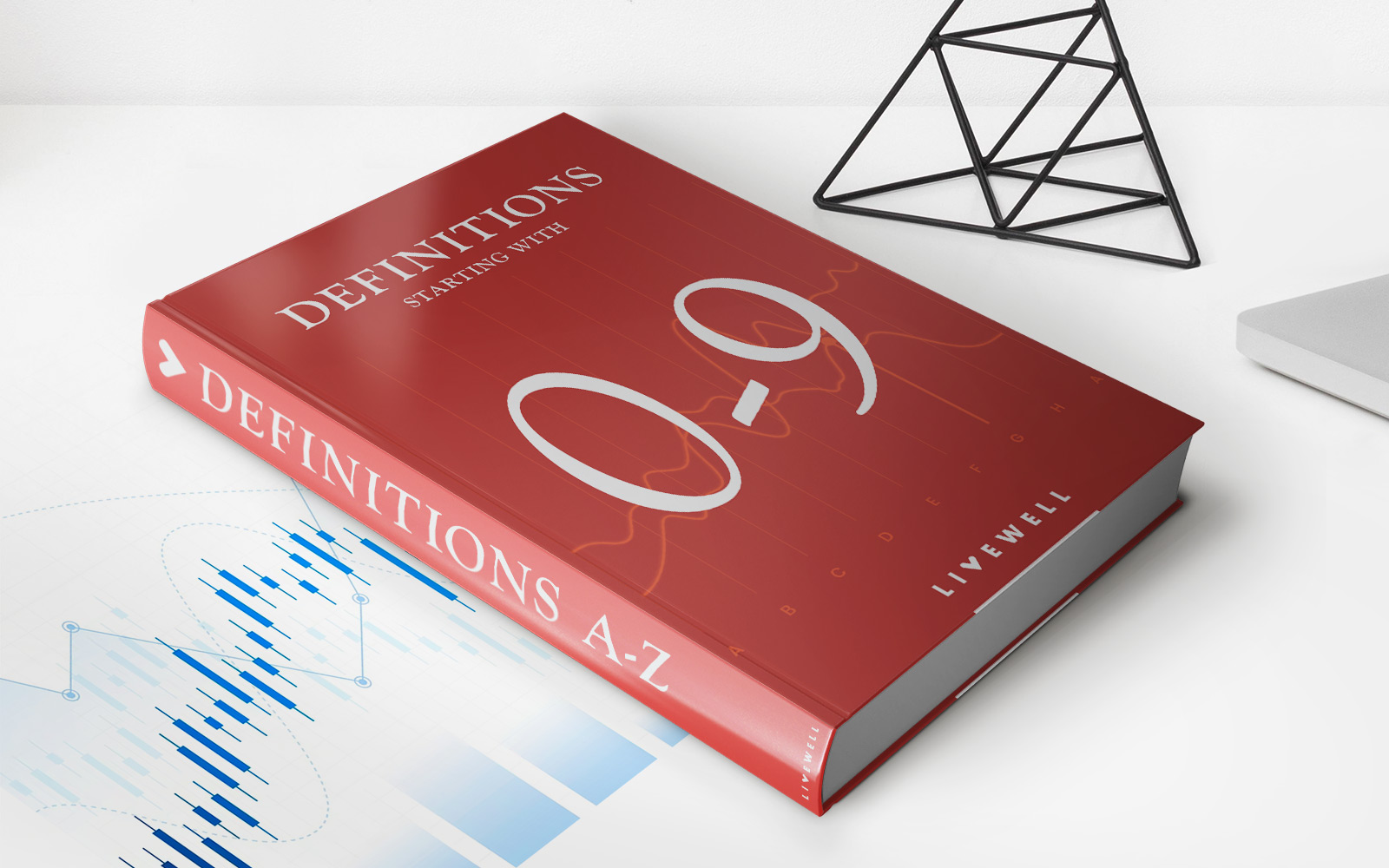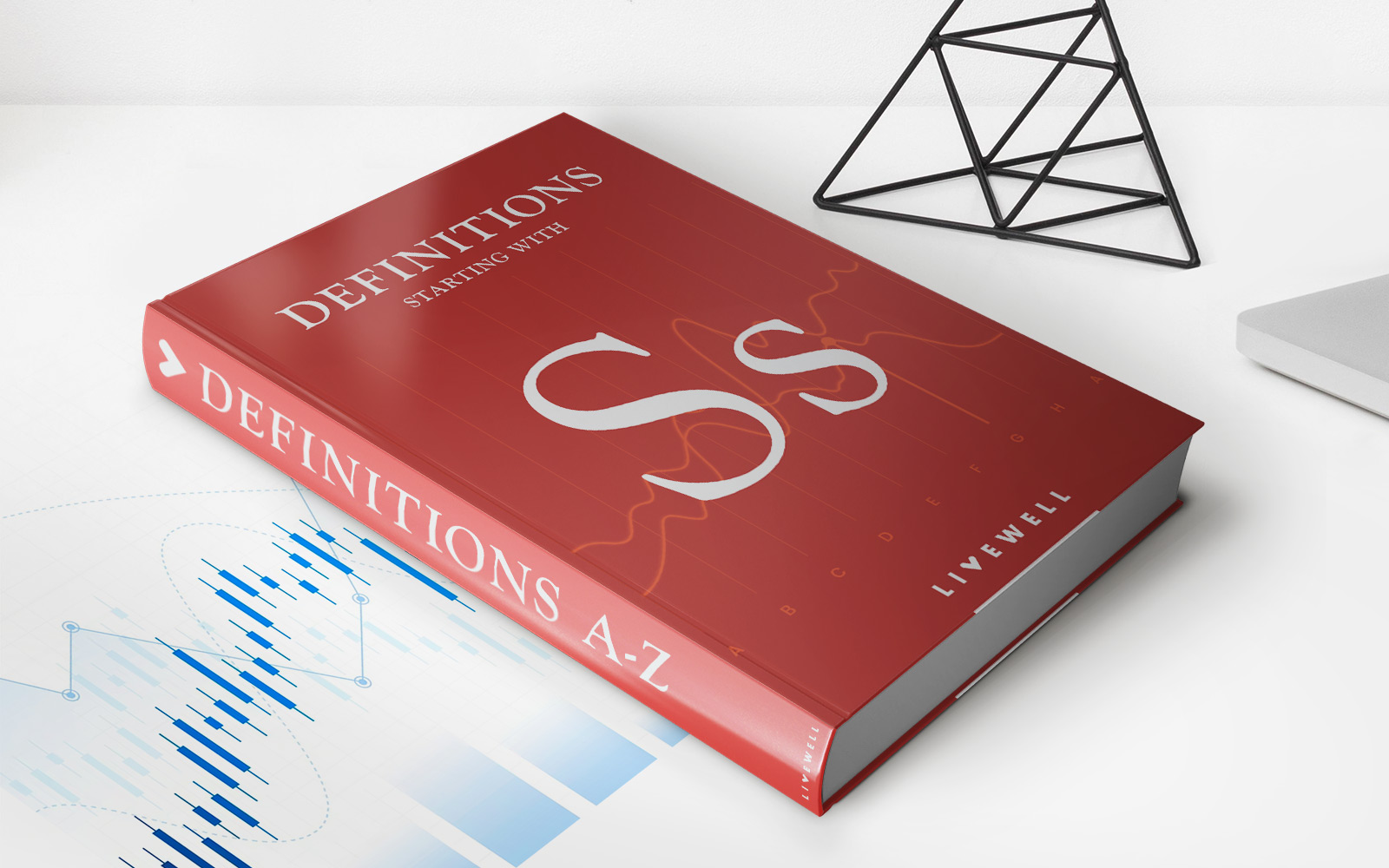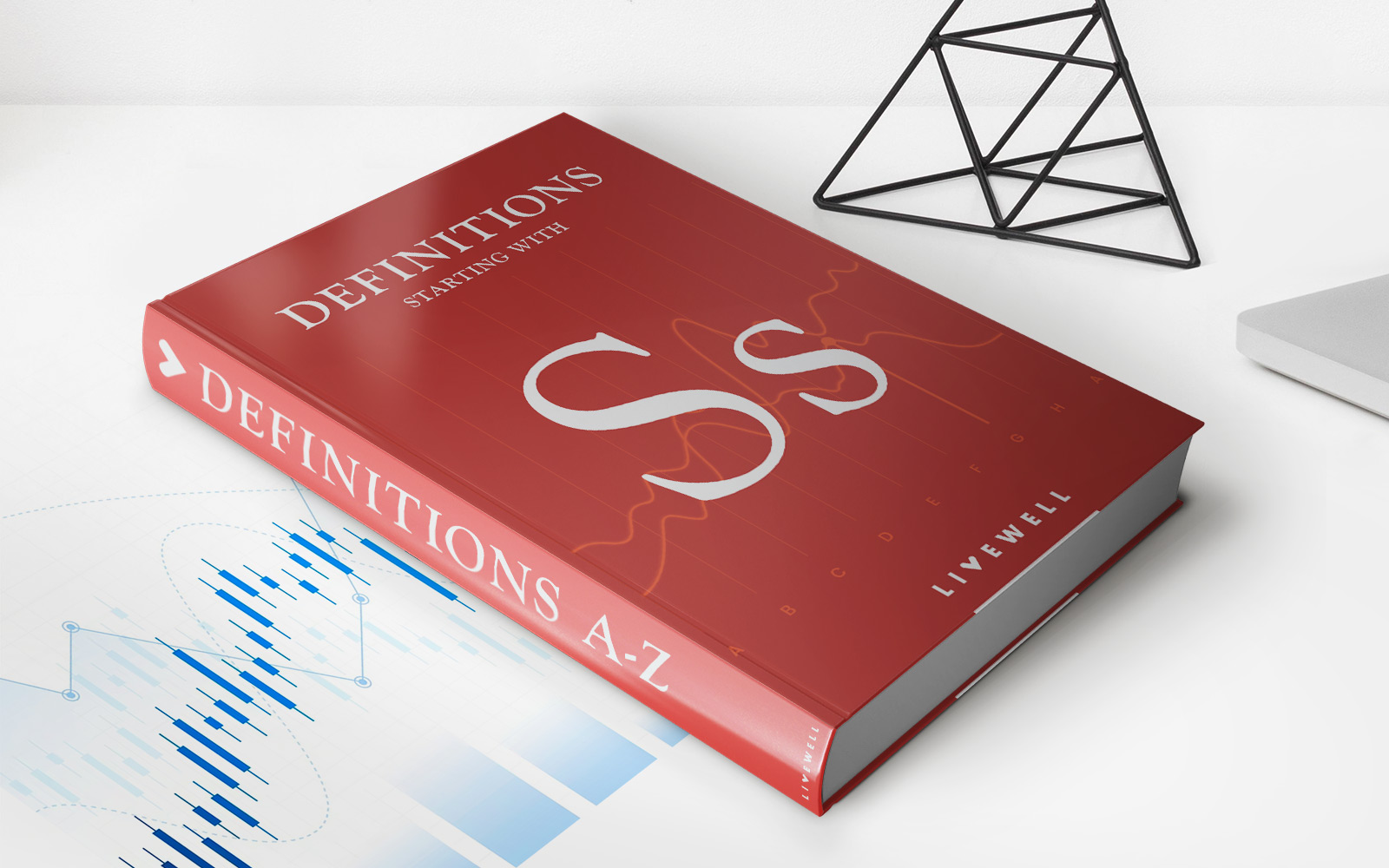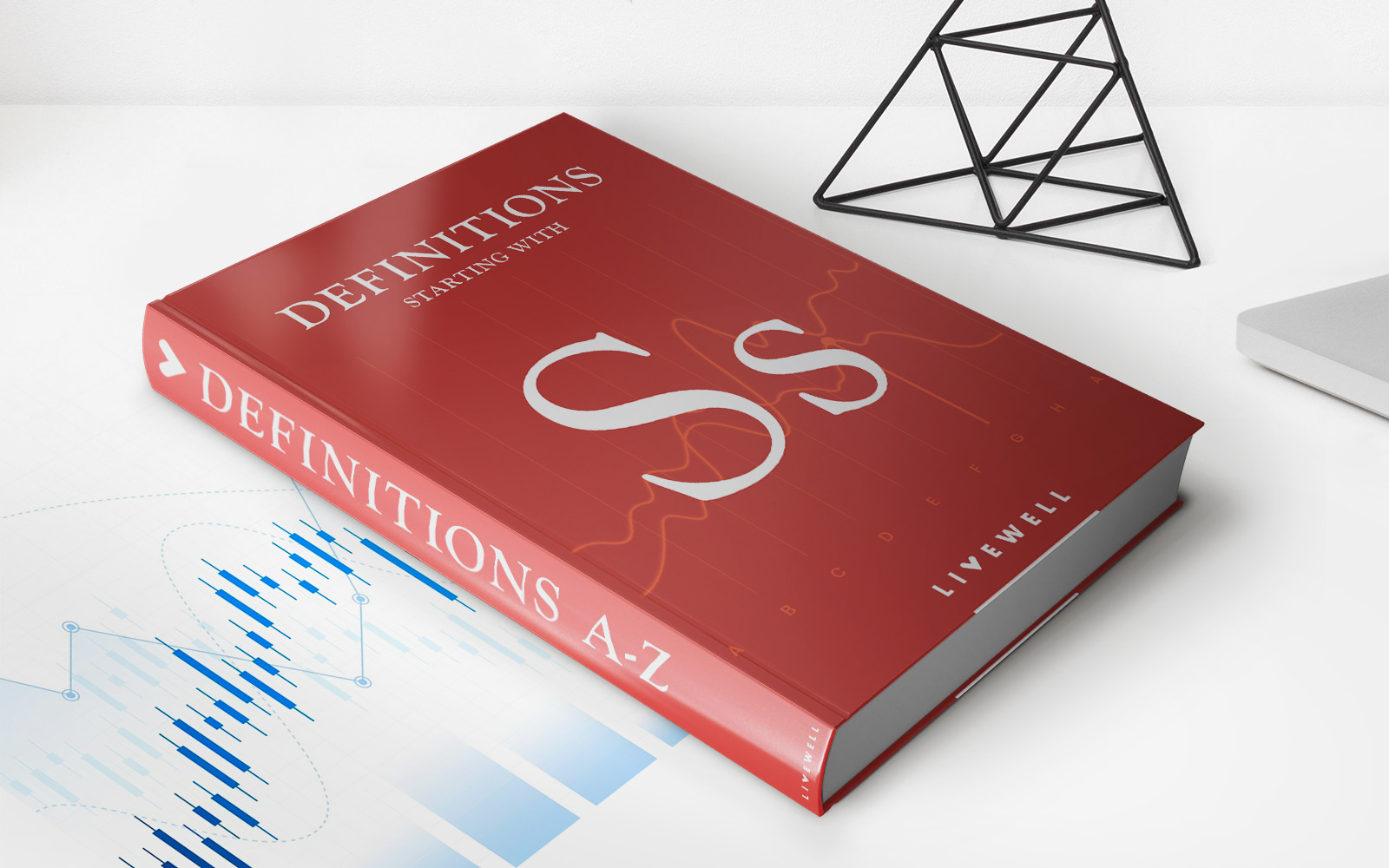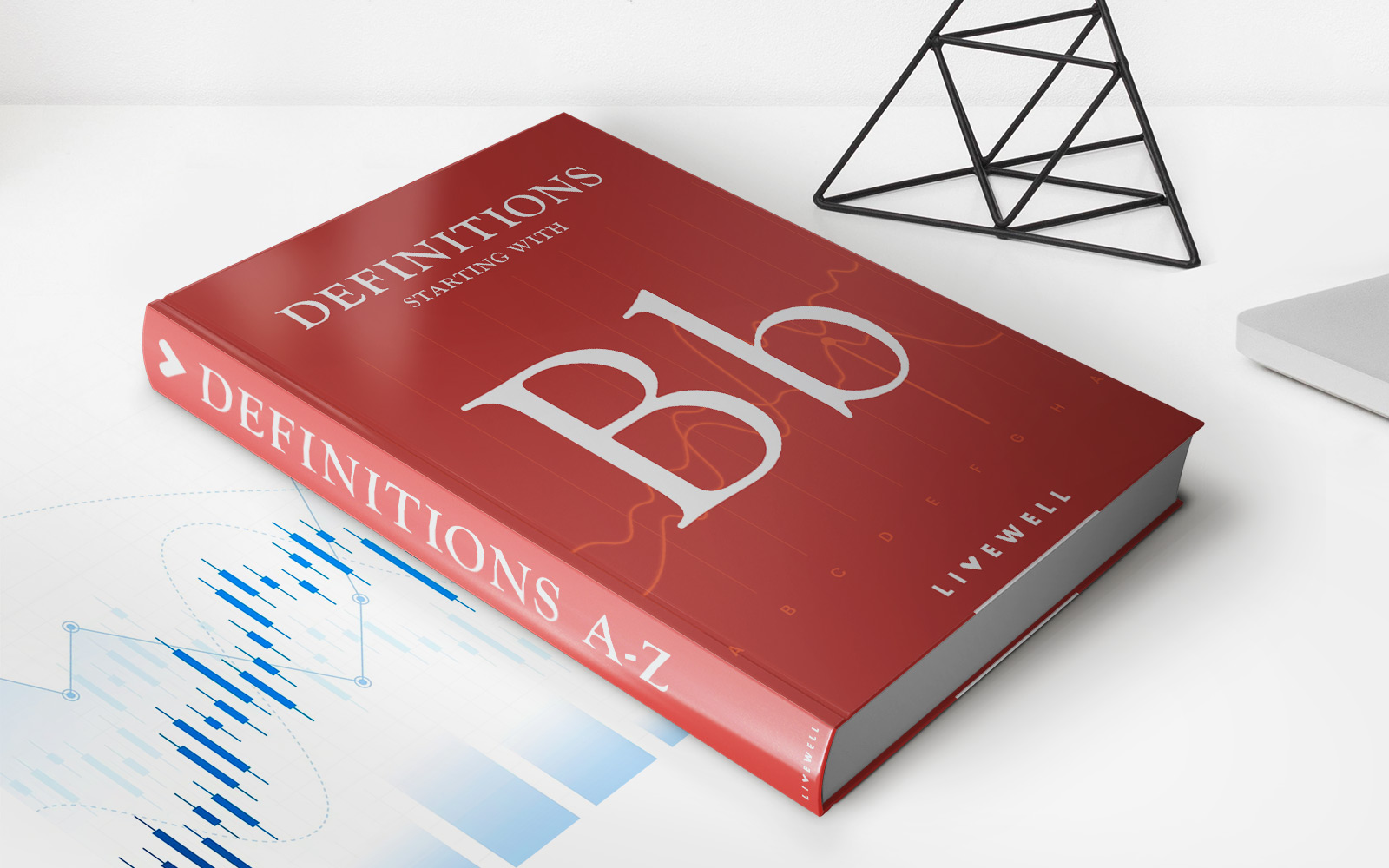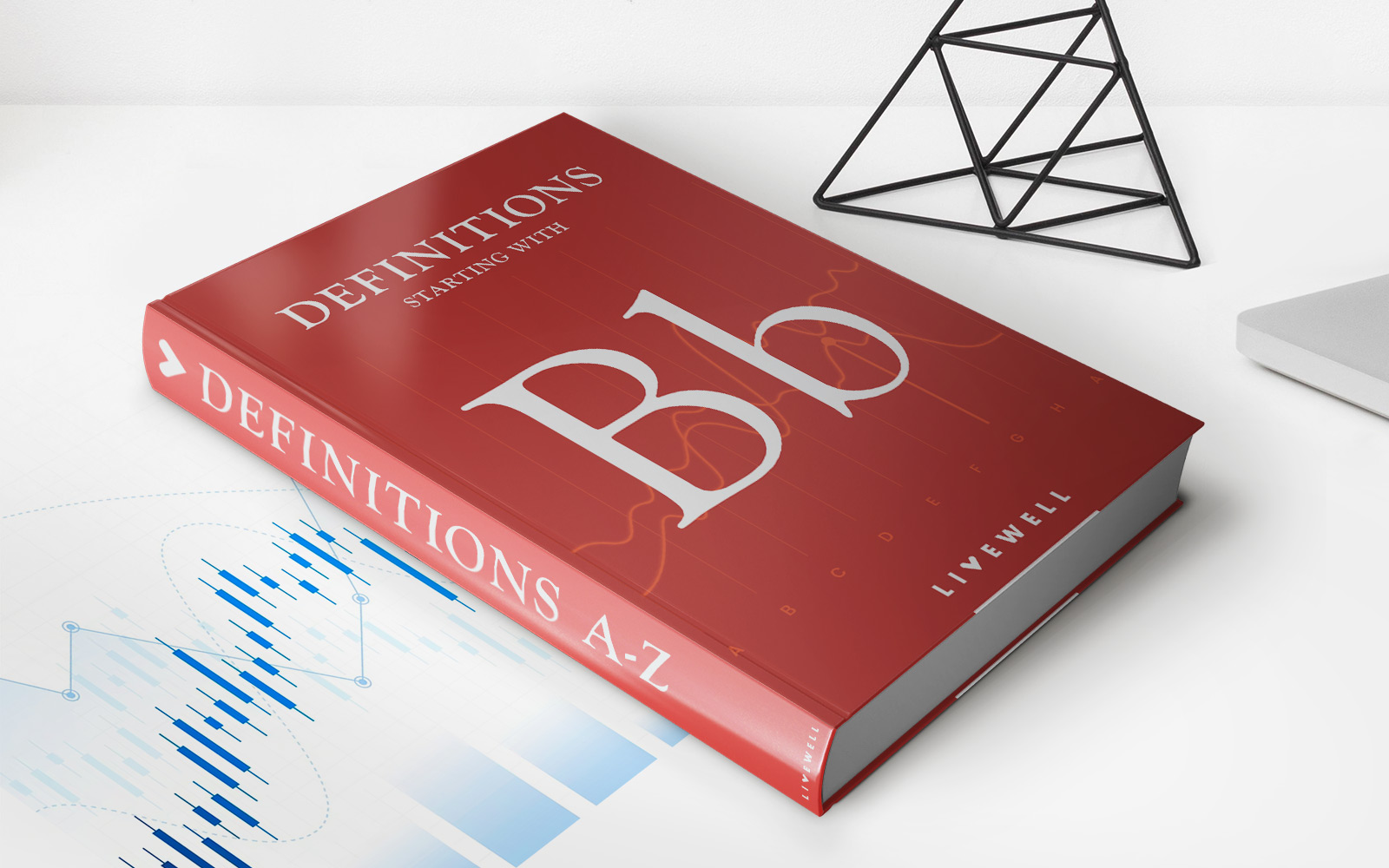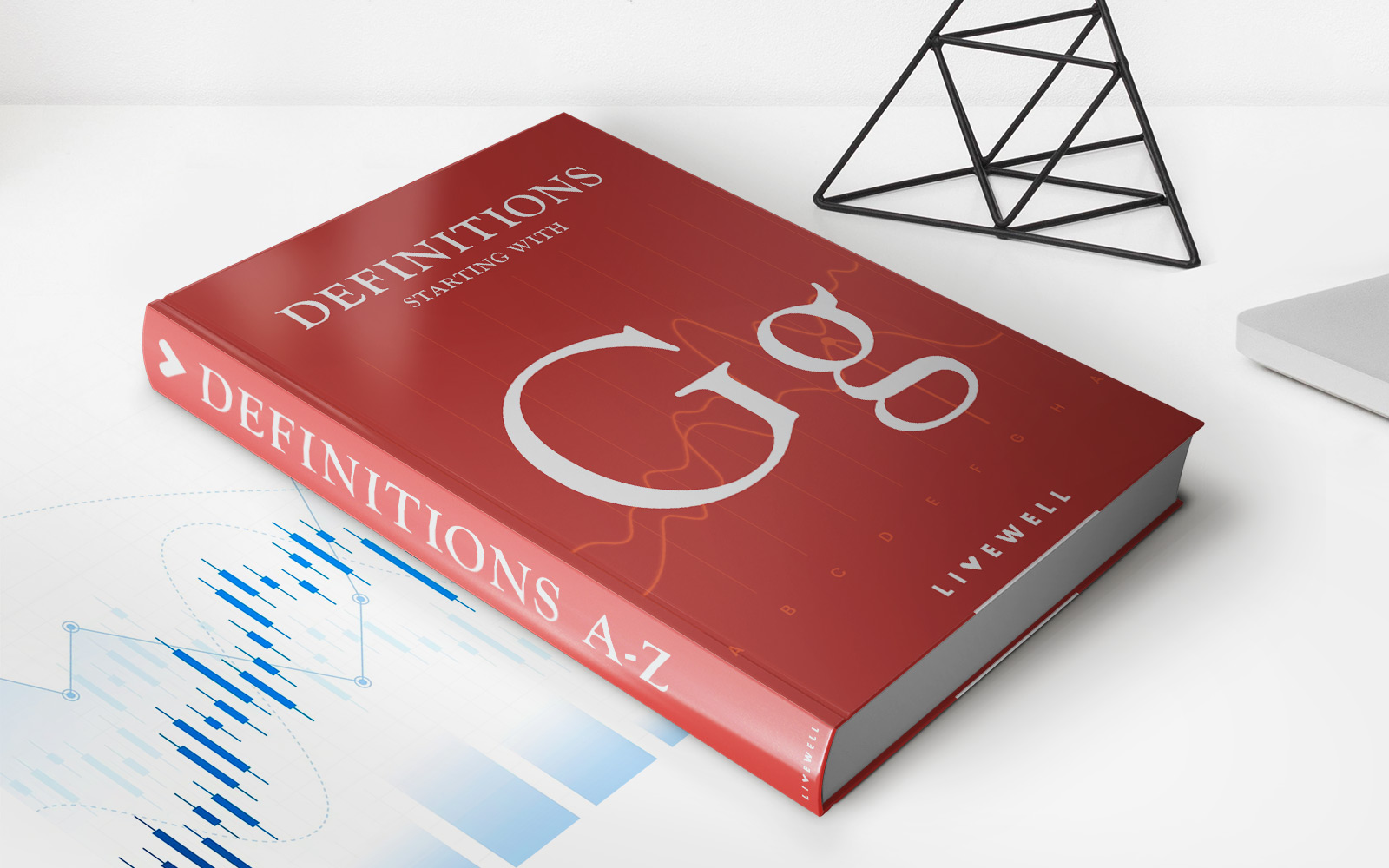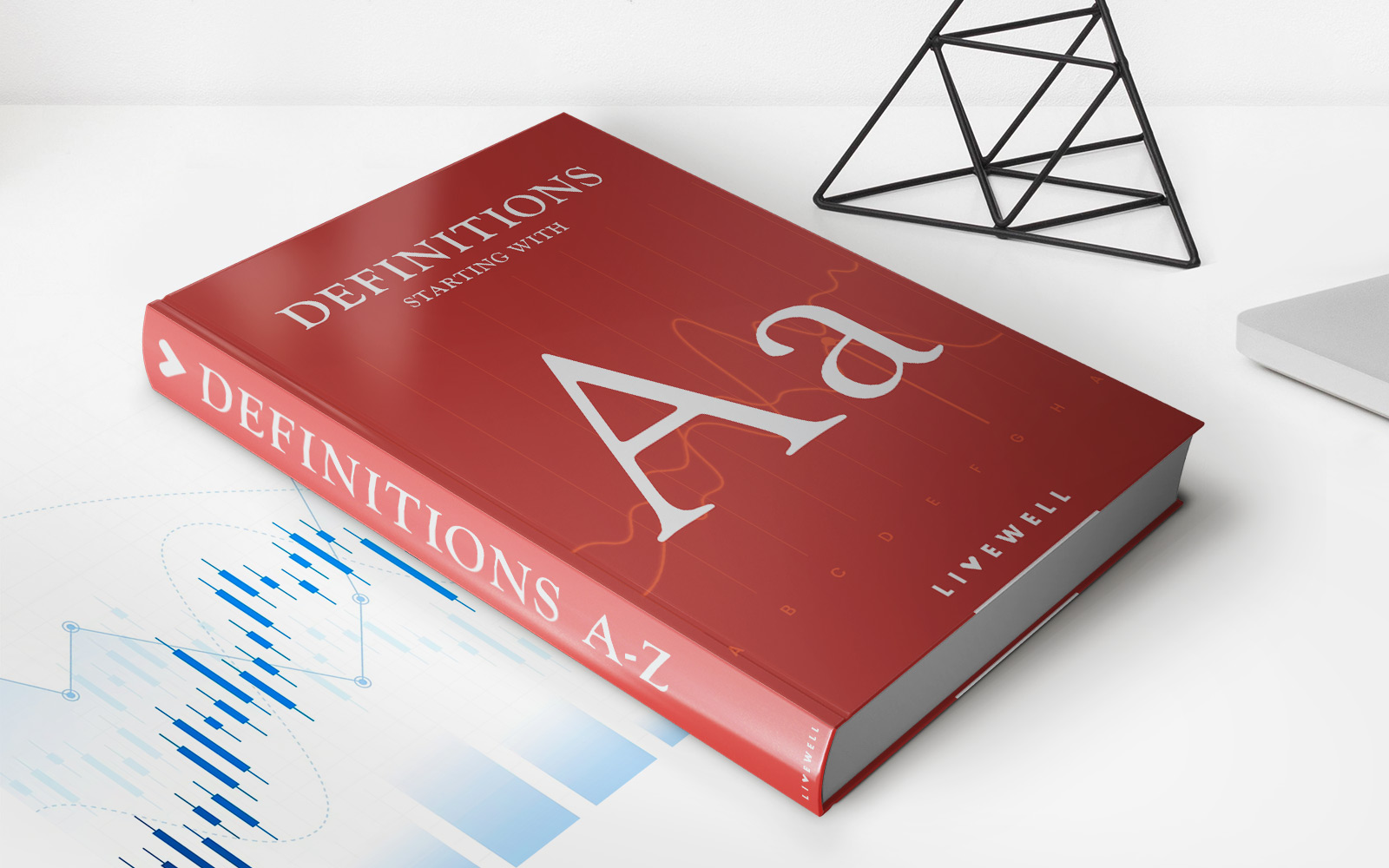

Finance
Aa2 Definition
Published: September 24, 2023
Discover the meaning of Aa2 definition in the world of finance. Explore the intricate details and implications of this financial concept.
(Many of the links in this article redirect to a specific reviewed product. Your purchase of these products through affiliate links helps to generate commission for LiveWell, at no extra cost. Learn more)
Understanding Aa2 Definition and Its Importance in Finance
When it comes to finance, there are various terms and concepts that can sometimes seem daunting to comprehend. One such term is Aa2 definition, which plays a significant role in determining the creditworthiness of an entity. In this blog post, we will explore what Aa2 definition means, why it is important in finance, and how it can impact various stakeholders.
Key Takeaways:
- Aa2 definition is a credit rating assigned by credit rating agencies, indicating the overall creditworthiness of an entity.
- Finance professionals and investors use Aa2 ratings to assess the risk associated with a particular investment or loan.
What is Aa2 Definition?
Aa2 is a credit rating category that is assigned by reputable credit rating agencies, such as Moody’s Investors Service. This rating represents a high level of creditworthiness for an entity, such as a corporation, municipality, or government. The Aa2 rating falls within the “Upper-Medium Grade” category, indicating a low credit risk associated with the entity.
Why is Aa2 Definition Important in Finance?
Aa2 definition holds significant importance in the field of finance due to the following reasons:
- Assessment of Creditworthiness: Aa2 ratings enable finance professionals and investors to evaluate the creditworthiness of an entity. This information helps them determine the risk associated with extending credit or investing in the entity’s bonds or stocks.
- Benchmark for Comparison: Aa2 definition also serves as a benchmark for comparison among different entities or financial instruments. By comparing the Aa2 rating of one entity to another, investors can identify entities with a higher creditworthiness and potentially lower risk.
- Impact on Borrowing Costs: The credit rating assigned to an entity, such as Aa2, can have a direct impact on its borrowing costs. Entities with higher credit ratings typically enjoy lower interest rates on loans, as lenders perceive them to be less risky. Conversely, entities with lower credit ratings may face higher borrowing costs, making it more expensive for them to access funds.
- Pricing of Bonds and Stocks: Aa2 definition affects the pricing of bonds and stocks issued by an entity. Investors often demand a higher yield for investing in bonds or stocks of entities with lower credit ratings, compensating for the additional risk associated with those investments.
Conclusion
Understanding the Aa2 definition and its significance in finance is crucial for finance professionals, investors, and entities alike. Aa2 ratings help in assessing creditworthiness, serve as a benchmark for comparison, impact borrowing costs, and influence the pricing of financial instruments. By grasping the concept of Aa2 definition, individuals can make informed decisions about investments and manage risk effectively in the dynamic world of finance.
